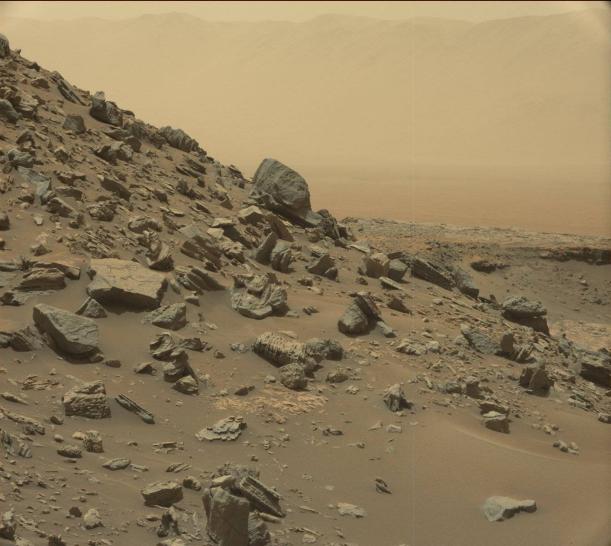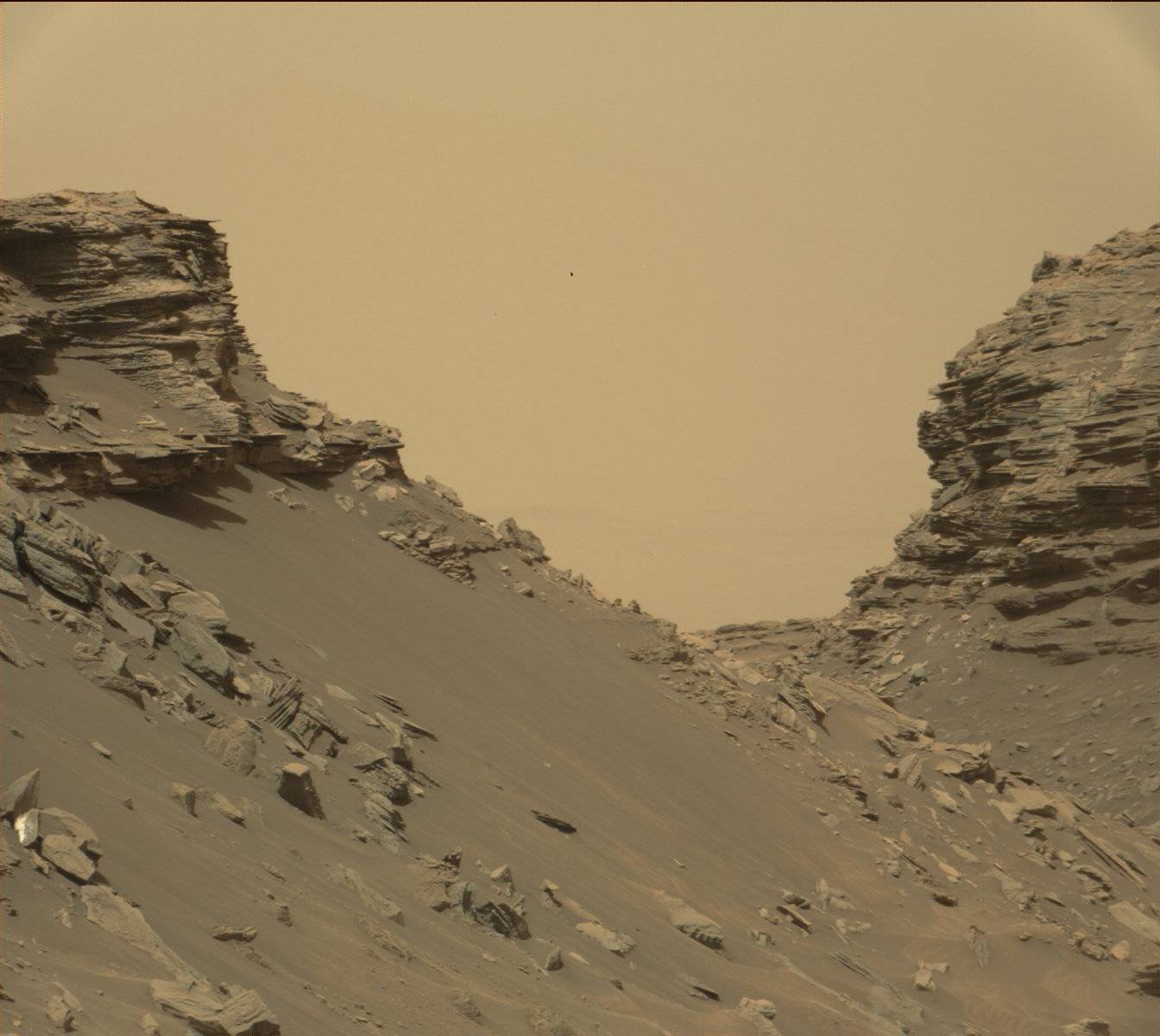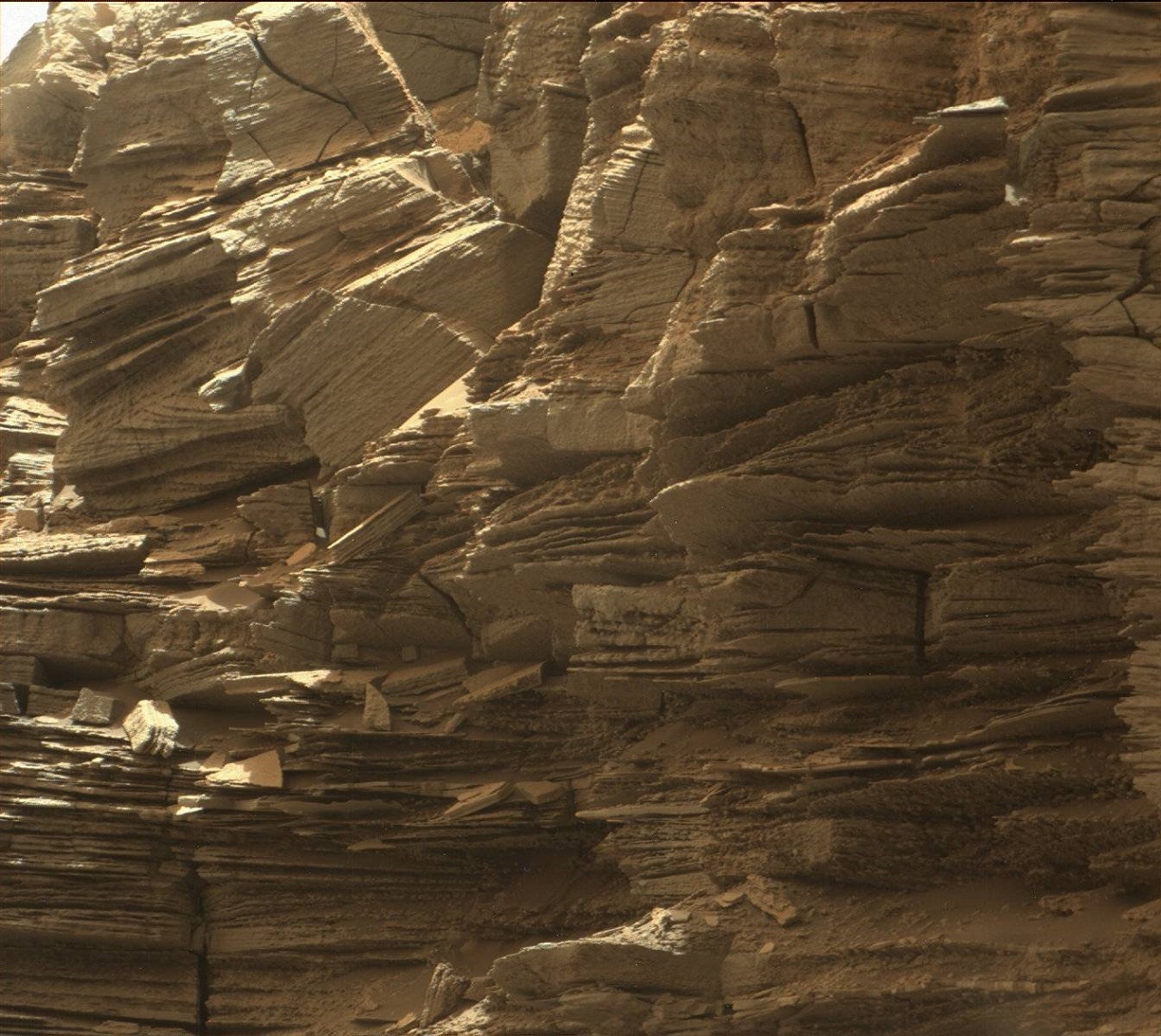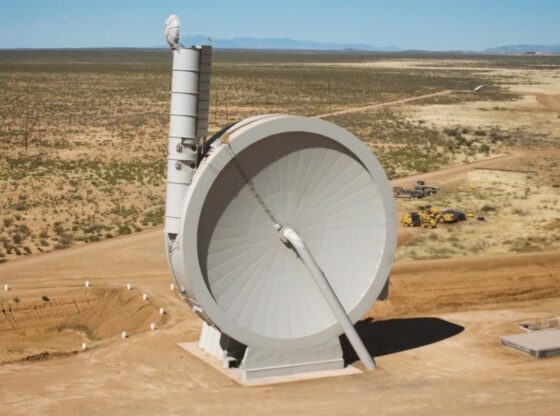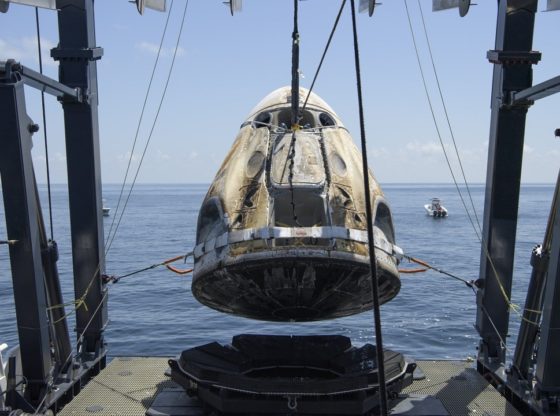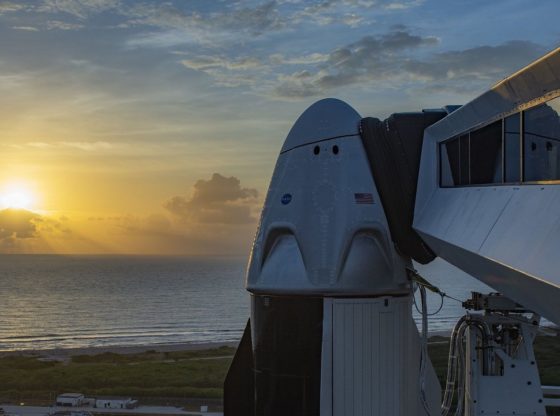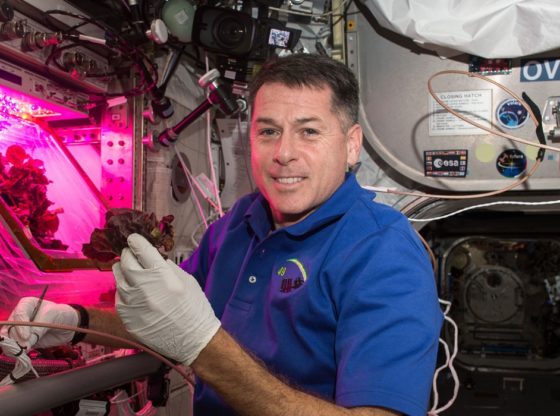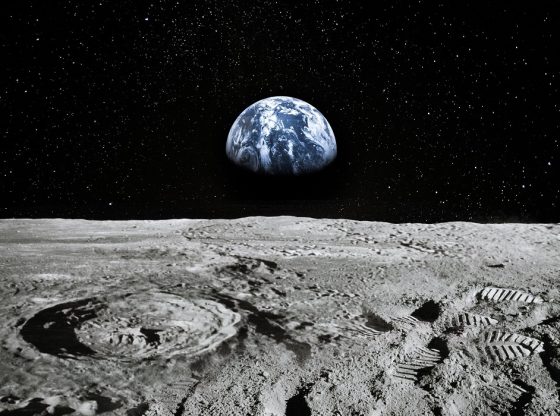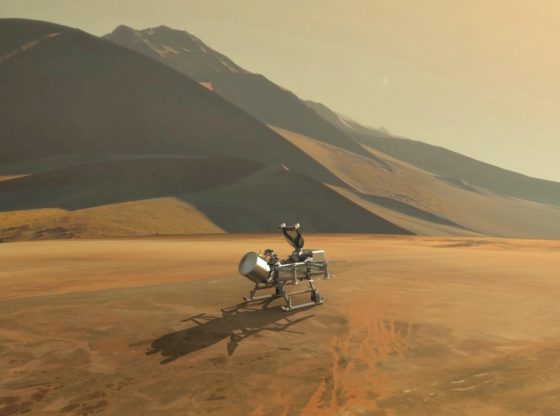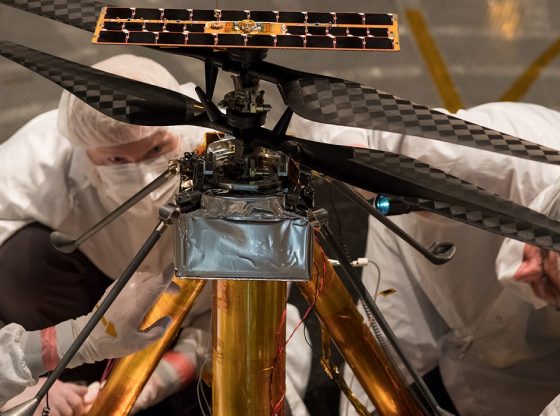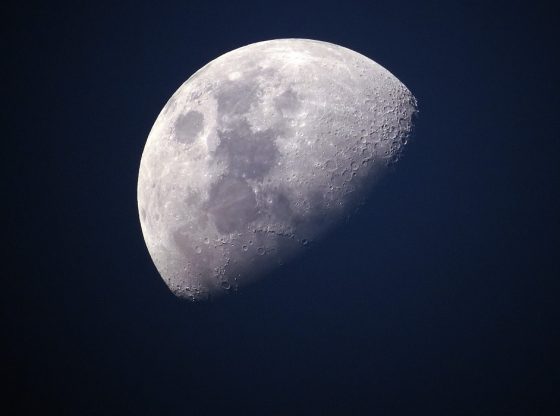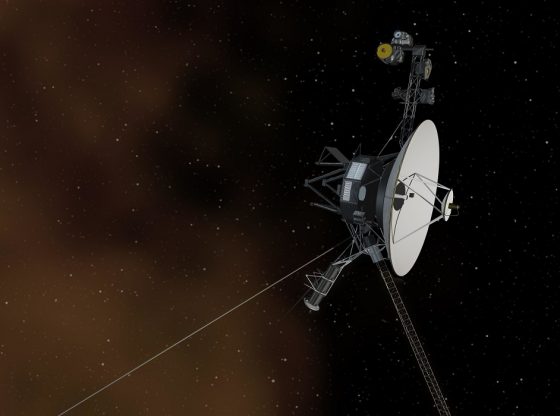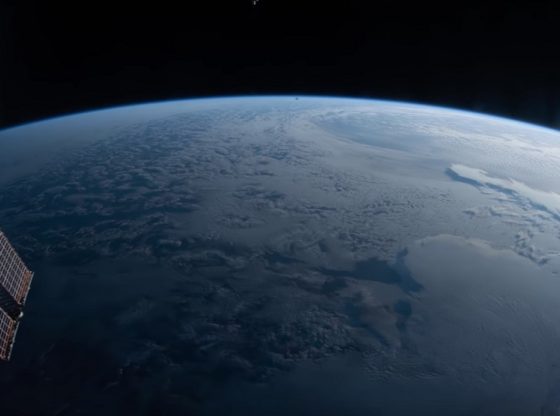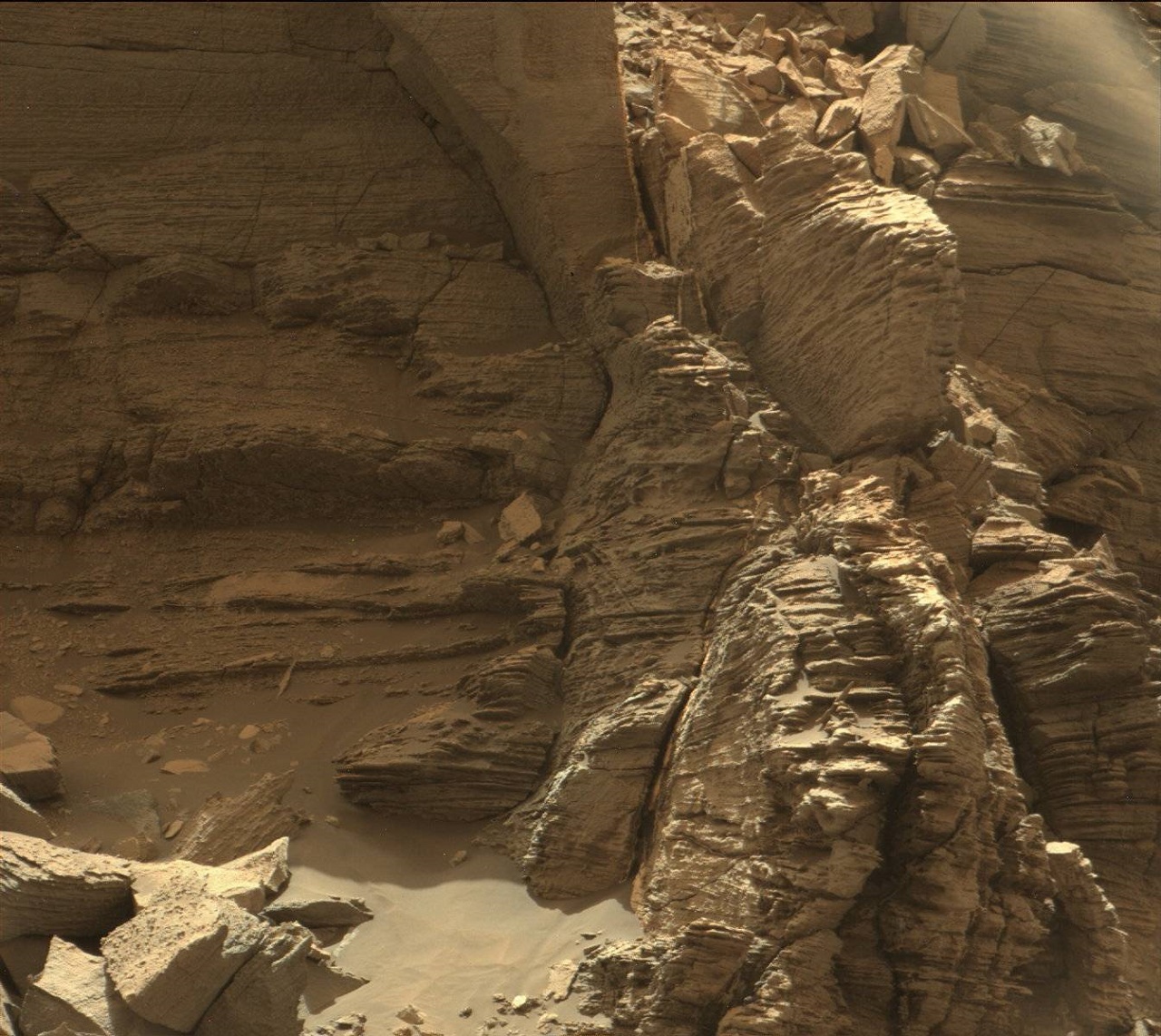
New photos from our neighboring planet show what rock formations look like up close. These are the latest images taken by NASA’s Curiosity rover.
Curiosity took the photos on September the 8th, giving us a somewhat new perspective of the planet’s peculiar landscape. Unlike most photos of a barren desert landscape, dotted with medium sized rocks, these photos instead show large rock formation that bears striking resemblances to Earth and in particular the southwestern part of the U.S.
They were shot at Murray Buttes at Mount Sharp, using the rover’s Mastcam. Perhaps unsurprisingly short for Mast Camera, a camera capable of true-color images at 1600×1200 pixel resolution, up to 10 frames per second with hardware-compressed video at 720p (1280×720).
The photos feature the sloping hillside within the “Murray Buttes” region on lower Mount Sharp with the rim of Gale Crater, where the rover has been active since landing in 2012, visible in the distance, through the dusty haze.
“Studying these buttes up close has given us a better understanding of ancient sand dunes that formed and were buried, chemically changed by groundwater, exhumed and eroded to form the landscape that we see today,” said Curiosity Project Scientist Ashwin Vasavada, of NASA’s Jet Propulsion Laboratory, Pasadena, California.
Reference:

